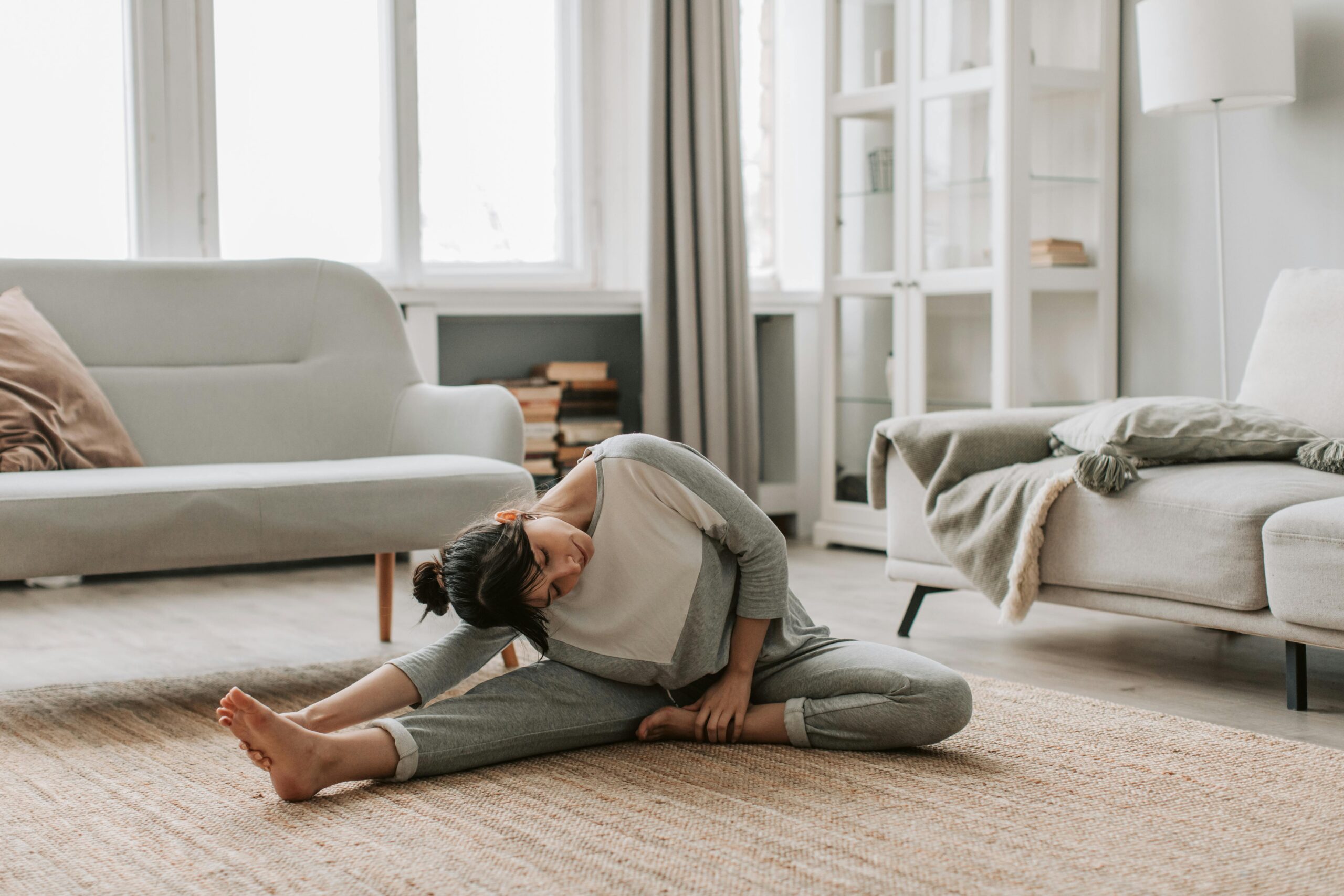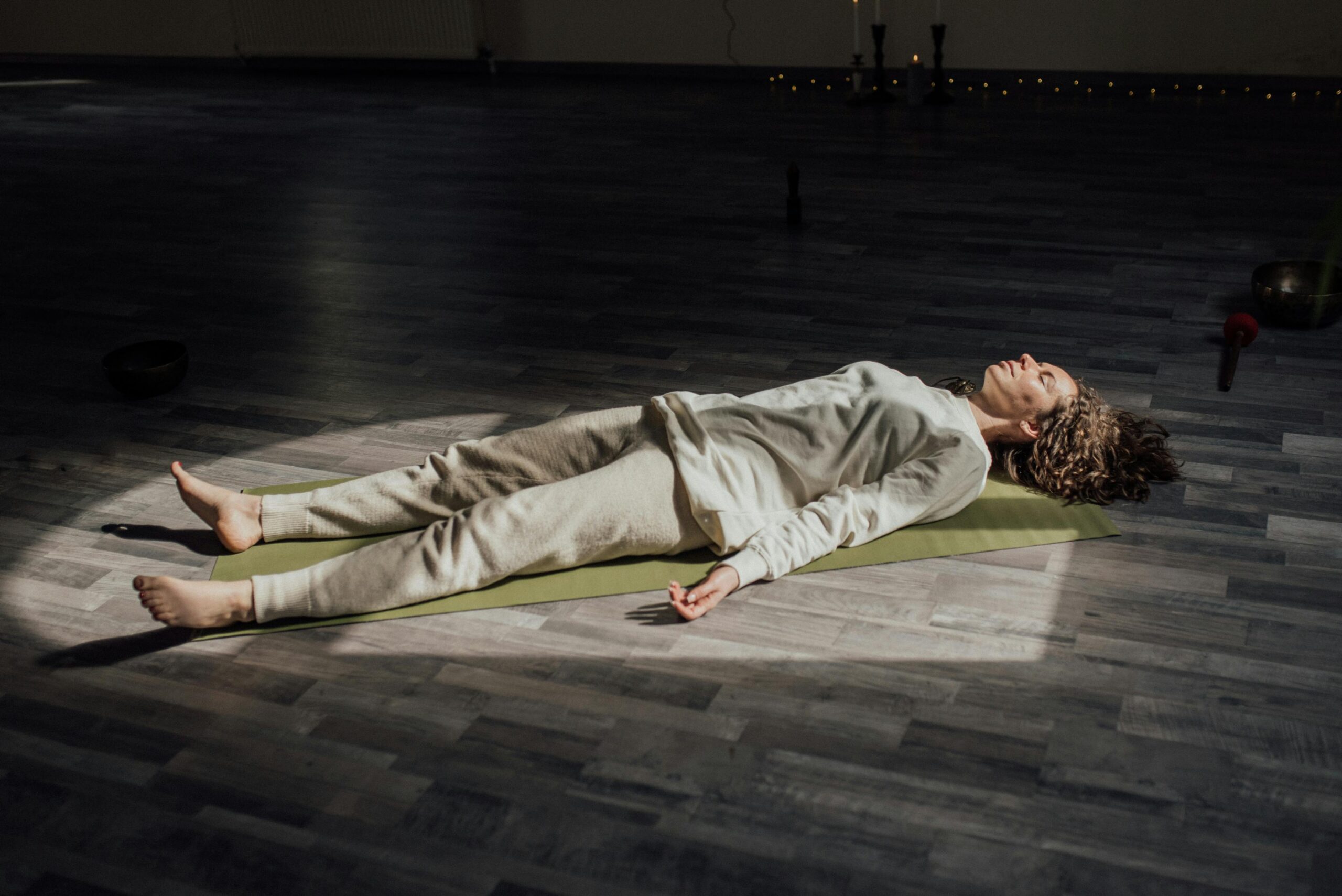
Introduction
Restorative Yoga is a passive, gentle, and healing form of yoga and pays attention to relaxing deep, relieving stress, and healing. As opposed to other yoga practices which boast of vibrance, restorative yoga is rather set at a slower pace as one relaxes and releases the tensions and just slightly leans back so that the mind as well as the body can have time to rest fully. It is also best suited to those who want relief of stress, chronic pains, tiredness and emotional burnouts. Restorative yoga allows the body to relax deep into a restorative state using propped, lengthy postures to instigate the natural relaxation process and stimulate physical, mental, and emotional healing.
—
What Is Restorative Yoga?
Restorative yoga is a form where they are maintained in any of the poses with the help of props, such as bolsters and blankets, blocks, and straps, preferably for 5 to 20 minutes. These props assist the practitioners to stay in the fully relaxed and comfortable position without using the muscles in it. It is aimed at tension release and muscle, joints, and nervous system relaxation.
Moreover, in contrast to other traditional active forms of yoga, designed to develop strengths or flexibility, in restorative yoga one focuses on stillness and ease. Each of the classes can consist of only several poses, but each of them aims at persuading complete surrender and inner stillness. It is not about how the pose appears, but on how it feels and the goodness of rest it brings.
—
The Core Principles of Restorative Yoga
1. Support: All areas of the body must be equipped with props to ensure that no strain is caused and complete lying down occurs.
2. Stillness: Movement is limited to none in every pose. The mind and the body relax the more the pose is held.
3. Quietness: Your practice will improve insight and inner composure by meditating on a quiet location.
4. Duration: Holding the poses later, the nervous system has time to switch in parasympathetic mode, under which the body recovers and heals faster.
5. Conscious Breathing: Moderate attentiveness to the breath will fix the thoughts and make them more relaxed and deepening the healing process.
—
Benefits of Restorative Yoga
1. Stress Reduction
Restorative yoga is particularly helpful in decreasing physical and emotional stress. The calming poses lower cortisol levels and activate the parasympathetic nervous system, responsible for the body’s “rest and digest” functions.
2. Improved Sleep Quality
Practicing restorative yoga regularly improves sleep patterns. A session produces the relaxation state which works to pacify the mind, relieve insomnia and improve sleep quality.
3. Pain Management and Healing
Restorative yoga aids naturally in restoring health into the body by enhancing circulation, release, and relaxation of muscles, as well as boosting the immune system. It is frequently used in treatment areas where it helps individuals who are recuperating after surgery, injury or a chronic ailment.
4. Emotional Wellbeing
Restorative yoga facilitates the release of the emotions and the clarity of the mind because of the introspective character of the practice. It may help individuals with anxiety, depression, grief or trauma.
5. Enhances Flexibility and Posture
Also not an intention of the practice, supported poses held long enough aid the release of fascia and help to gain flexibility slowly but surely.
—
Popular Restorative Yoga Poses
1. Supported Child’s Pose (Balasana): Gently stretches the lower back and hips, calms the nervous system.
2. Legs Up the Wall (Viparita Karani): Encourages venous return, reduces leg fatigue and swelling, and calms the mind.
3. Reclining Bound Angle Pose (Supta Baddha Konasana): Opens the chest and hips while promoting deep relaxation.
4. Supported Bridge Pose (Setu Bandhasana): Elevates the heart slightly, stimulates the thyroid, and eases spinal tension.
5. Savasana (Corpse Pose): The final relaxation pose that allows the body to fully integrate the benefits of the practice.
All the poses are achieved with the help of props and are concerned with complete comfort and letting go.
—

Who Should Practice Restorative Yoga?
Restorative yoga can be readily used by practically anyone irrespective of age and fitness level. It is especially beneficial for:
People with high stress or anxiety
Individuals recovering from illness, surgery, or injury
Pregnant women (with guidance and modifications)
Seniors or those with limited mobility
Athletes in need of recovery
Anyone seeking mental clarity and relaxation
—
Conclusion
Restorative yoga is not only a practice that will make you rest, it is an effective healing liberating effort. In the world where the state of activity and productivity is always in demand, the gift of calmness and here and now is provided by restorative yoga. When taking time to rest and exhaling, we adapt to let the bodies regeneration, mind calm down and heart recover. Restorative yoga is like a haven to anyone in need of tranquility, stability and inner harmony, whether once a week or every day.
